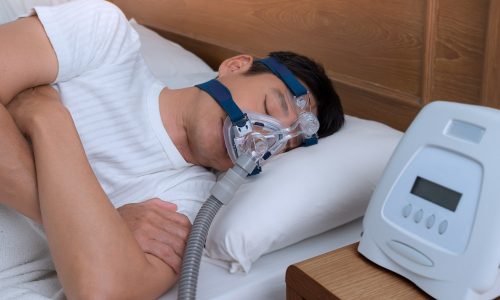A recent research published in the American Heart Association’s journal found that people who are sedentary for over 14 hours a day after a cardiac event are at a higher risk of experiencing another cardiovascular issue or mortality within one year. The researchers looked for the value of study for those cardiology physicians who were interested in giving suggestions for their patient care in the time and days following a discharge from the hospital after a cardiovascular event.

The researchers followed over 600 patients, aged 21 to 96, who had come to the hospital for treatment of chest pain or symptoms of a heart attack – or signs of acute coronary syndrome – at the same hospital system in New York City. After discharge, the researchers asked participants to wear wrist accelerometers for approximately 30 days, with the aim to objectively measure physical activity and sedentary behaviors. The wrist accelerometer equipment measures motion in three dimensions, providing a more accurate and reliable measure of activity than self-reporting.
The researchers found that people in the lowest physical activity group spent only 2.7 minutes of moderate-to-heavy physical activity in a day, followed by 15.6 hours in sedentary activities. Conversely, people in the most active group spent 25 minutes of moderate-to-heavy physical activity along with lesser than 12 hours of sedentary time. Participants in the lowest physical activity group were 2.58 times high possibility to have another cardiac event or die the following year unlike the most active participants.
Hence, it is highly recommended that replacing 30 minutes of sitting per day with moderate or heavy physical exercise would reduce the risk of heart disease by 61%. Replacing the same amount of time with light activities such as walking or gardening was associated with a 50% reduced risk. Replacing sitting with sleeping reduced risk by 14%.

Dr. Keith Diaz, senior author and professor of behavioral medicine at Columbia University Medical Center, added that current guidelines generally focus on getting patients to exercise regularly after an event, but the results of this study suggested that excessive sitting could be a big risk, and even decreasing sitting could have large benefits.
He further stated that sleep aids in healing the body and mind, and that is particularly beneficial after severe illness such as a heart attack. A more individualized approach to exercise such as gentle exercise and proper rest may be simpler to adhere to and more beneficial.
In order to spend the day, Arizona heart doctors advise patients to move and sit less as much as possible. Simple routine activities such as light housework, taking short outdoor walks, and playing with the dog prove to be heart-friendly.
Doctors who are experts in the field of cardiology reported that light exercise reduced the risk similar to both heavy and moderate exercise. They said small alterations can make a significant difference. They explained that if small changes are maintained, they will cut the risk of a heart issue in half within one year.
Almost half of the participants were women, and 58% were Hispanic. The participants’ demographics make the study more generalized to heart physicians working with diverse patient populations, including those who are treated by Arizona heart doctors.
The research acknowledged some of the major limitations. It only considered how active the individuals were, which could have exaggerated the degree of inactivity greater than what it actually is. Secondly, there was no data on participants’ income status or housing, which influenced their activity level.
Dr. Bethany Barone Gibbs is a disease pattern specialist and was a past chair of the AHA’s Physical Activity Committee. She said the evidence supports a “sit less, move more” approach, especially among patients recovering from acute coronary syndrome and who may have difficulty with more intense physical activity. Cardiology physicians in Arizona can opt to include these measures in discharge instructions and follow-up appointments to keep patients healthy in the long term.
In summary, the study concluded that minimizing sedentary time and promoting any form of movement or rest—especially in the early recovery period after a cardiac event—could greatly enhance survival and reduce recurrent cardiac risks.



